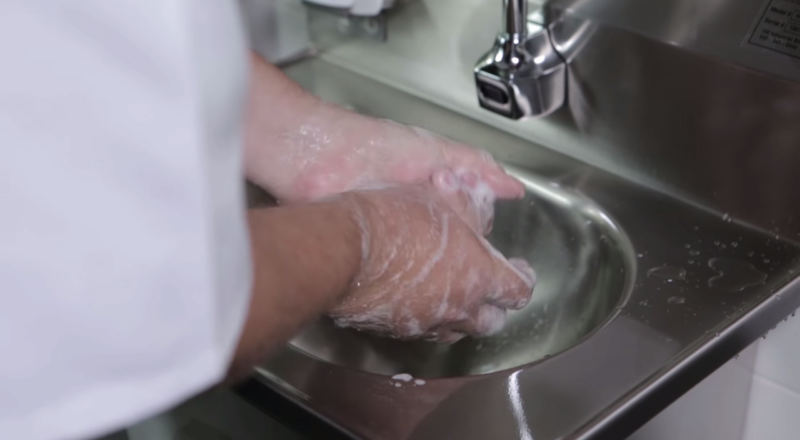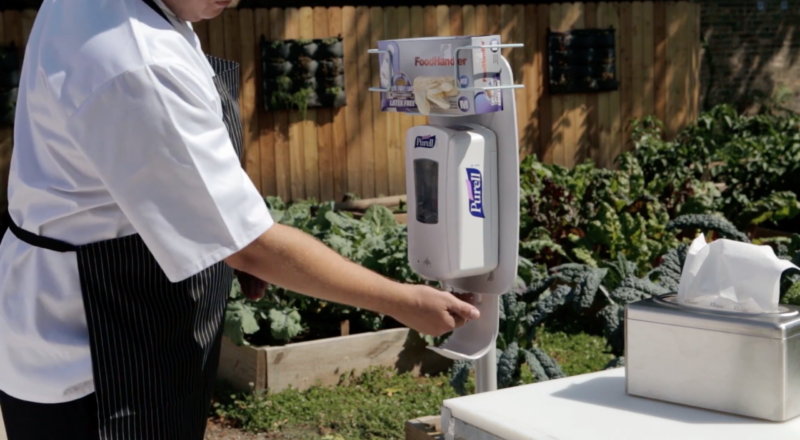Friction is a friend of effective handwashing. The new Handwashing For Life Core Handwash focuses on a professional technique as an option to the "sing happy birthday twice" directive. Here is the process for you to follow when running water is available. Wet hands as a pre-rinse. Apply soap, …












